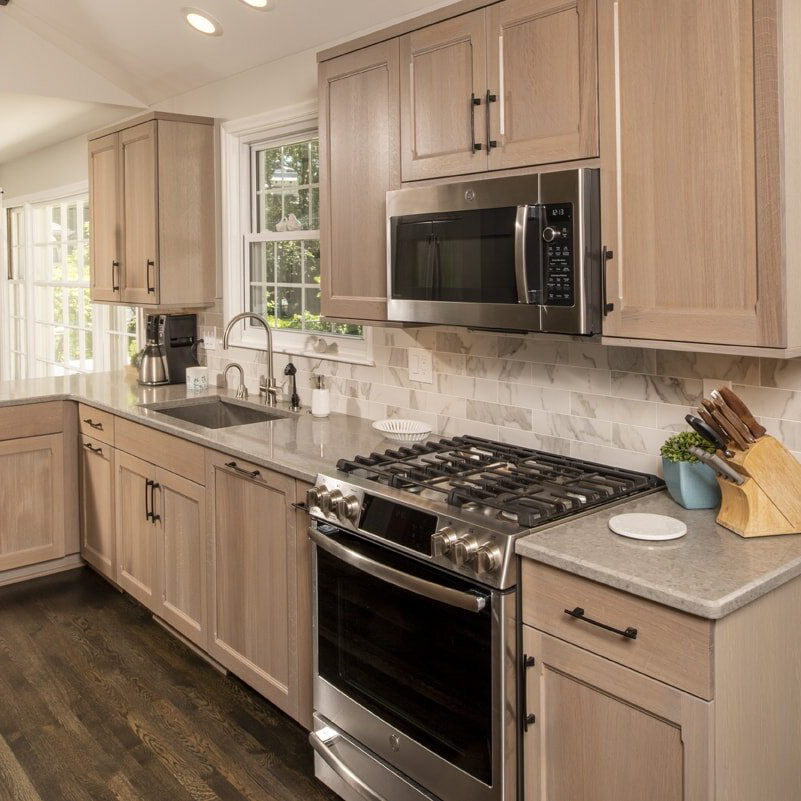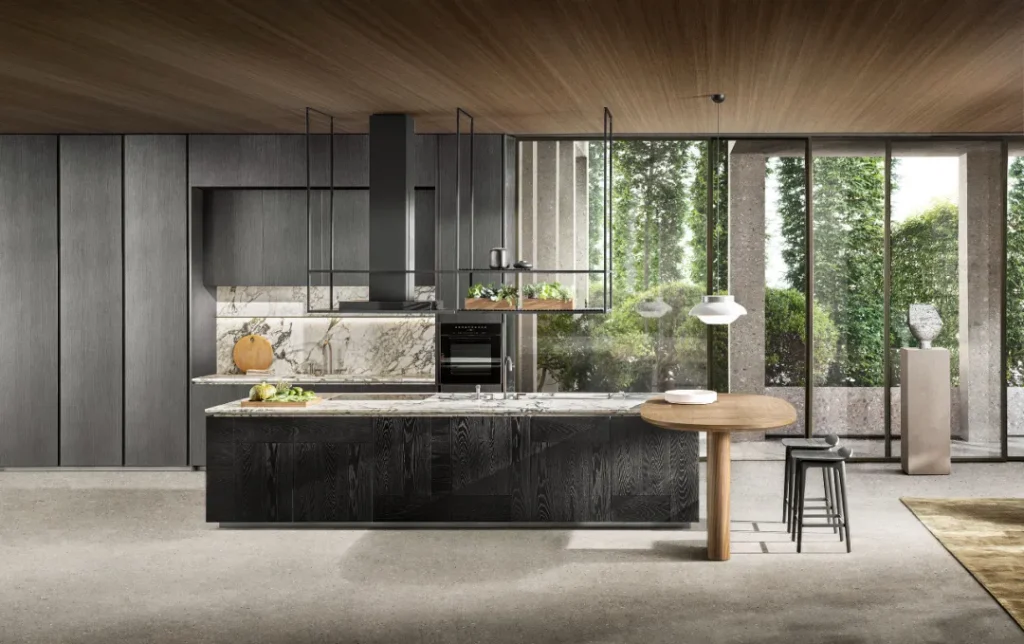BIM Lighting Fixtures: Revolutionizing Lighting Design and Construction

Introduction
Building Information Modeling (BIM) has emerged as a game-changing technology in the Architecture, Engineering, and Construction (AEC) industry. BIM is a digital tool that utilizes 3D models and simulations to design and construct buildings. It has significantly reduced costs, improved collaboration, and increased efficiency in the construction process. One of the significant areas that BIM has impacted is lighting design and fixtures. This article will outline how BIM Lighting fixtures are revolutionizing the industry and improving the quality of lighting.
Background
Lighting is a crucial aspect of any building design. It sets the tone, creates ambiance, and affects the mood of the occupants. With the introduction of BIM, the lighting design process has become more efficient and error-free. BIM helps designers visualize the lighting design in 3D, right from the conceptualization stage up to the final product. This has helped lighting designers to have a better understanding of their design and make necessary adjustments before construction.
Additionally, BIM has enabled designers to simulate various lighting scenarios before construction, including sun-path analysis, shading, and reflection. This helps to optimize the lighting performance and ensure the building’s energy efficiency. Proper lighting design has been shown to reduce energy costs and maintenance needs. All of this is possible through the use of BIM Lighting Fixtures.
BIM Lighting Fixtures
BIM Lighting Fixtures refer to lighting fixtures that are created explicitly for use within BIM. These fixtures come with detailed 3D models and data that can be embedded within BIM software. They are created by the manufacturers, ensuring that the models’ specifications are correct, and that the lighting meets industry standards.
BIM Lighting Fixtures have numerous advantages over traditional lighting fixtures. First, they save time in the design process. Designers can easily select the appropriate fixture from a manufacturer’s catalogue and integrate it into their design. This eliminates the need for manually creating a fixture, reducing the likelihood of errors.
Second, BIM Lighting Fixtures contain crucial information such as materials, photometric data, and electrical specifications. This allows designers to accurately evaluate and compare different fixtures within their design software. The data also ensures that the lighting meets industry standards, reducing the likelihood of non-compliance issues.
Third, BIM Lighting Fixtures improve collaboration between designers, manufacturers, and contractors. With detailed 3D models and data, manufacturers can better understand the designer’s specifications and ensure that the final product meets their requirements. Contractors can also use the same data to ensure that the fixtures are installed correctly in the final construction process.
Impact on Lighting Industry
BIM Lighting Fixtures have brought about significant improvements in the lighting industry. They have facilitated the creation of high-quality lighting designs that meet industry standards and requirements. Manufacturers can easily showcase and market their products to designers and contractors, improving business opportunities. Contractors can accurately estimate the cost of fixtures and installation, reducing project costs.
Overall, BIM Lighting Fixtures have improved the efficiency, accuracy, and quality of lighting design and construction. They have streamlined the design process, improved collaboration, and reduced errors, resulting in better lighting and energy efficiency for building occupants.



